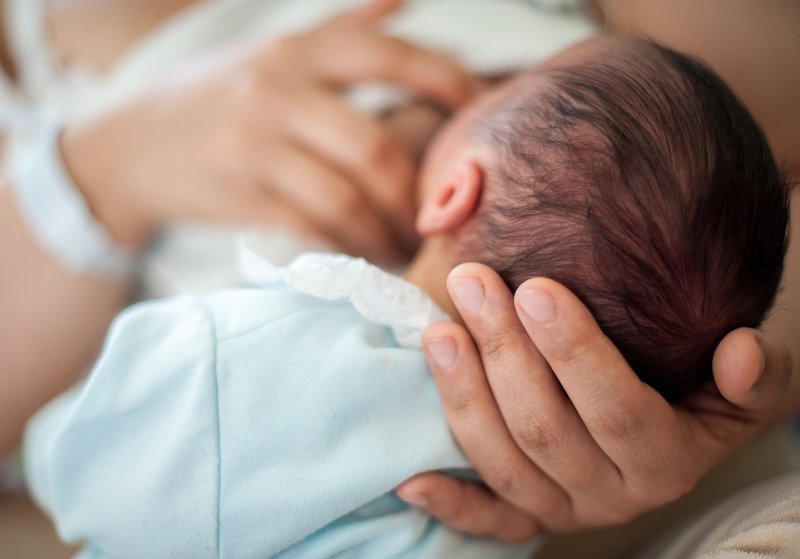Blog
A longitudinal study of human milk composition in the second year postpartum: Implications for human milk banking | LATCH
Author: Tamyra Rae Hoff, RN, MS, NE-BC
Currently, the duration that a lactating woman is eligible to donate her breastmilk to a milk bank varies across the world. Some milk banks exclude donors as early as six months postpartum and others have no limits on the duration of donations. A 2013 survey of milk banks by the Human Milk Banking Association of North America (HMBANA) found that 8 of 13 operating milk banks did not accept milk from donors beyond 1 year postpartum. As growing evidence supports the use of human milk in the preterm population, the use of donor milk to “bridge” mother’s milk in NICUs is expanding – making supply to meet the growing demand a concern.

Perrin et al conducted a longitudinal study documenting the changes in human milk composition in the second year postpartum to support the development of evidence based guidelines regarding how long lactating women can donate human milk. The researchers analyzed 131 samples from 19 donors for macronutrients (total protein, total fat, and lactose); bioactive proteins that are typically abundant in human milk (lactoferrin, lysozyme, and immunoglobulin A [IgA]); human milk oligosaccharides; and key minerals for the preterm neonate (calcium, zinc, and iron). Summary of findings: Although the study has several limitations (eg, small sample size variation in methods of protein analysis with potential for overestimation of total protein in human milk), the research suggests that we should consider accepting human milk donations beyond 1 year postpartum. Making changes in milk bank donation protocols could increase the supply of pasteurized donor milk while also elevating the concentration of total protein, lactoferrin, IgA and lysozyme in pooled donor milk.
